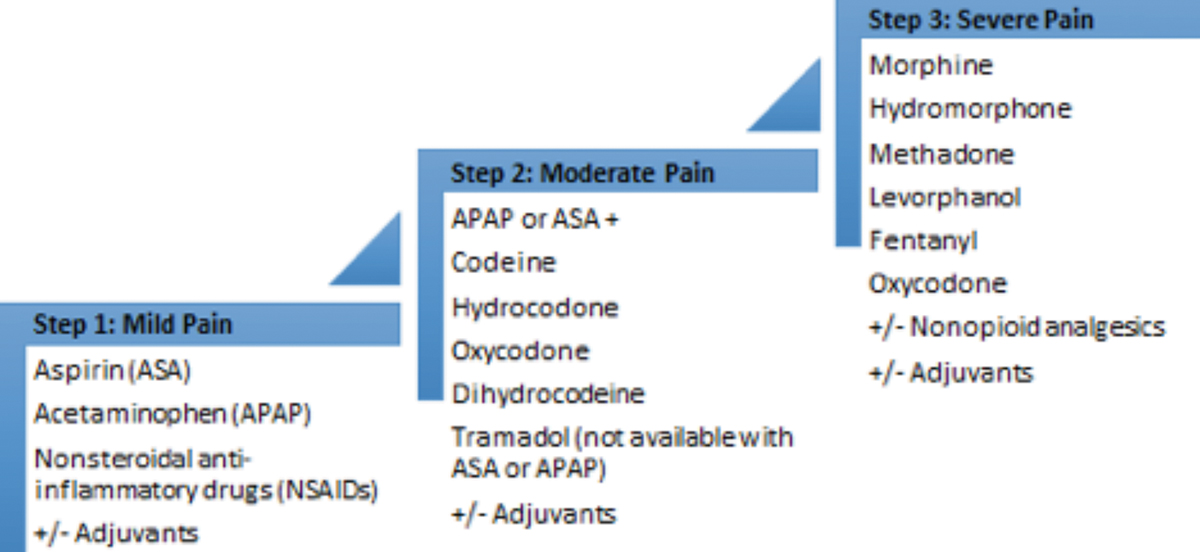 BY Victor S. Sierpina, MD
BY Victor S. Sierpina, MD
This week, I am speaking at a conference at Moody Gardens on the topic of Integrative Approaches to Pain Management. As I prepared, I recalled that just one morning this week working with our medical students, no fewer than five patients asked about the potential of CBD for their pain, or shared that they were already using it.
Before going into the CBD story for pain, why are non-pharmacological therapies now so hot? Simply stated, it is the epidemic of opiate abuse, overdoses, addiction, and more. Medical societies and governing agencies have recognized we need take a more active approach this problem.
What is the standard of care?
The World Health Organization’s Pain Relief Ladder

Integrative Pain Relief Ladder
Breath Yoga Acupuncture
Mindfulness Tai Chi Hypnosis
Physical Activity Botanicals
Diet Supplements
Biofeedback
As you can clearly see, multiple options besides medications are available to those with chronic pain, in an escalating path but not drug-based. Excellent clinical evidence supports each step in the Integrative Pain Relief Ladder, and it should be considered first or in parallel with the WHO ladder.
Where does that leave CBD? It is not currently classified as an FDA-approved drug though it is available in a number of patented formulas in the US and abroad. The lack of FDA approval makes it hard to know the quality of product you are obtaining, like other over-the-counter supplements.
In response to the many questions from patients on its use in pain, I usually reply, “It is likely safe, possibly effective, and we need more human research to determine how to best use it for pain.” I reviewed recent literature to see if what I was telling folks is up to date. And it is.
Most research findings for pain control with CBD in humans are weak or very weak. Part of this is due to federal restrictions on research, though there are a lot of pre-clinical studies on rodents that support its benefits. Few human trials have been done that prove safety, efficacy, or dosing for pain. Side effects such as gastrointestinal complaints and somnolence have been reported and rare liver enzyme elevation. It is, however, non-addictive, and tolerance has not been found at any dose.
We have convincing basic science data on CBD receptors, metabolic pathways, drug interactions, and effects in animal models. CBD and medical marijuana demonstrate a unique phenomenon best thought of as crowd-sourced research. Public use, publicity, policy, legality, and business activity are all in flux and ahead of actual medical science due to long-standing, outdated federal restrictions on research.
Several of my patients have enthusiastically endorsed CBD’s benefits. In medical parlance, this is called a case study, n of 1 research, or simply an anecdote. For now, if you choose CBD for your pain, be aware of the hype, the hope, and the low potential for harm. By the way, it isn’t inexpensive, but neither is addiction or disability.
We are perishing for lack of wonder, not for lack of wonders.
—GK Chesterston


